Hinduism: “Only light for today’s Chaotic and Treacherous World”
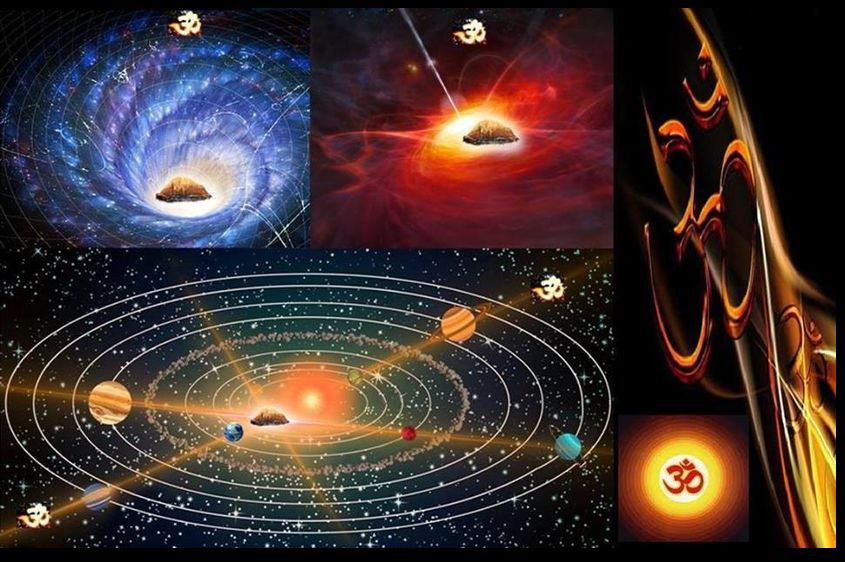

Hinduism is the world’s oldest religion, with roots and customs dating back more than 10,000 years.
The term Hinduism is what is known as an exonym and derives from the Persian term “Sindus “designating those who lived across the River Indus.
But the real Hindu religious identity is “Sanatana Dharma”, which emphasizes its continuous, seemingly eternal (Sanatana) existence. The Adherents of the faith known as Sanatana Dharma (“eternal order” or “eternal path”) is to understand the precepts, as set down in the holy scriptures known as the Vedas, as having always existed just as Brahman, the Supreme Over-Soul from whom all of creation emerges, has always been.
Brahman is the First because as it sets all else in motion but is also that which is in motion, that which guides the course of creation, and creation itself.
Unlike the Abrahamic religions of Christianity and Islam are purely based on the mythology of faith, Sanatana Dharma describes a web of customs, obligations, traditions, and ideals (dharma) that far exceeds the Western tendency to think of religion primarily as a system of beliefs.
As Hinduism has embraces many religious ideas so sometimes some unlettered authors refer to it as a “way of life” or a “family of religions”.
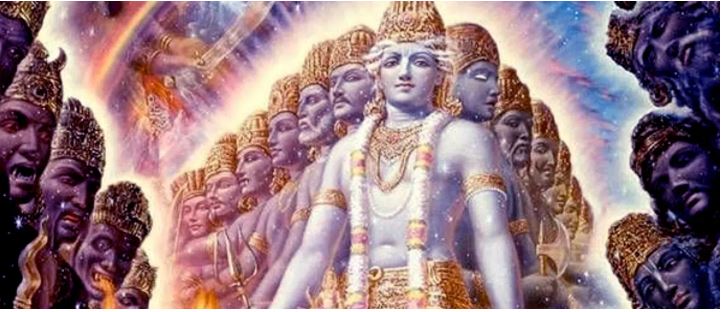
Unlike Abrahamic religions of Christianity and Islam who always forces monotheism, one may well interpret Hinduism as:-
This belief system was first set down in holy books of Vedas during the so-called Vedic Period c. 1500 – c. 500 BCE (as per falsified western authors) but the concepts were taught in gurukuls long before that.
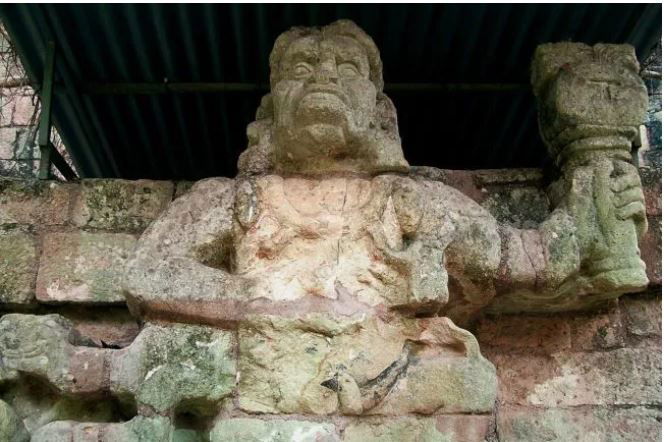
India is the birthplace of the ancient Hindu civilization. In the past Hinduism was spread both in the east and west. The archeological survey has found the signs of Hinduism in recent Afghanistan, Russia, Europe, Brazil, Peru. And many countries. Hindu temples can be found in Thailand, Indonesia, Japan, and beyond. In Cambodia, Angkor Wat has the largest Hindu complex in the world; it was a Hindu temple of Lord Vishnu built by a Khmer King. Even today, the King of Thailand is called Rama, after Lord Rama, who was a Hindu avatar. Indonesia rupee has Lord Ganesha picture on its Currency. Famous Hindu Play Ram-Lila is still played in Indonesia during Navaratri.
As per Abrahamic religions, the physical world is an illusion only so far that it convinces one of duality and separation. One may turn one’s back on the world and pursue the life of a religious “One God”, However Hinduism encourages full participation in life through the Purusharthas – life goals – which are:

Shree Krishna in Bhagvad Geeta has preached to Arjuna that “The soul takes enjoyment in these pursuits even though it understands they are all temporal pleasures. The soul is immortal – it has always existed as part of Brahman and will always exist – therefore the finality of death is an illusion. At death, the soul discards the body and then is reincarnated if it failed to attain Moksha or, if it did, the Atman becomes one with Brahman and returns to its eternal home. The cycle of rebirth and death, known as samsara, will continue until the soul has had its fill of earthly experience and pleasures and concentrates a life on detachment and pursuit of eternal, rather than temporal, goods”.
Helping or hindering one in this goal are three qualities or characteristics inherent in every soul known as the Gunas:
The Gunas are not three states one ‘works through‘ from lowest to highest; they are present in every soul to greater or lesser degrees. An individual who is generally composed and lives a good life might still become swept away by passion or find themselves whirling in helpless confusion. Recognizing the Gunas for what they are, however, and working to control the less desirable aspects of them, helps one to see more clearly one’s dharma in life and how to perform it.
One's dharma can only be performed by one's self; no one may perform another's duty. Everyone has arrived on the earth with a specific role to play and, if one chooses not to play that role in one's present life, one will come back in another and another until one does so.
Hinduism is based on its holy scriptures called “Vedas”. The Vedas have transcended all time and don’t have a beginning or an end. The Four Vedas:

Each of these is further divided into types of text:
Later authors divided Hindu’s scriptures into two classes, leaving interference aside and created the concept of Eternal Order:
The Bhagavad Gita, 18 Puranas, Ramayana, and Mahabharata are also considered important texts in Hinduism.
Hinduism has many gods and goddesses and the beauty of it is that Hindus can worship anyone. Gods which are being worshipped are many gods and goddesses in addition to Brahman, who is believed to be the supreme God force present in all things.

Some of the most prominent deities include:
Hinduism has mainly 4 sects, and is divided into the following:
Some Hindus elevate the Hindu trinity, which consists of Brahma, Vishnu, and Shiva. Others believe that all the gods are a manifestation of one.
Hindus are taught to follow five personal ethics or Niyama:
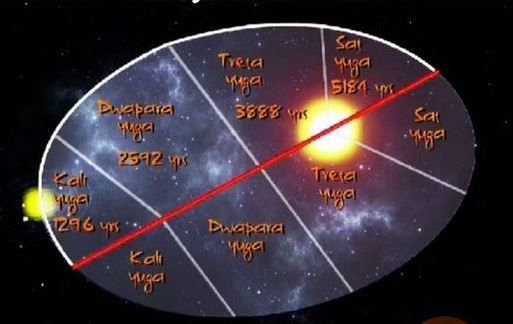
Hindus teach the world to love each other and live in peace and happiness.
वसुधैव कुटुम्बकम्
Vasudhaiva Kuṭumbakam
It means Oneness of all living beings and everything in creation and the universe thus giving the Philosophy of “All is One” i.e., the whole world is “One Family”.
ॐ सर्वे भवन्तु सुखिनः सर्वे सन्तु निरामयाः ।
सर्वे भद्राणि पश्यन्तु मा कश्चिद्दुःखभाग्भवेत् ।
ॐ शान्तिः शान्तिः शान्तिः ॥
Om Sarve Bhavantu Sukhinah Sarve Santu Niraamayaah |
Sarve Bhadraanni Pashyantu Maa Kashcid-Duhkha-Bhaag-Bhavet |
Om Shaantih Shaantih Shaantih ||
This verse means that “Om, May All be Happy, May All be Free from Illness.
May All See what is Auspicious, May no one Suffer. Om Peace, Peace, Peace.”
ॐ असतो मा सद्गमय, तमसो मा ज्योतिर्गमय ।
मृत्योर्मा अमृतं गमय , ॐ शान्तिः शान्तिः शान्तिः ॥
Om Asato Maa Sad-Gamaya ,Tamaso Maa Jyotir-Gamaya |
Mrtyor-Maa Amrtam Gamaya , Om Shaantih Shaantih Shaantih ||
This verse means that “Om, (O Lord) Keep me not in the Phenomenal World of Unreality, but make me go towards the Reality of Eternal Self. Keep me not in the Ignorant State of Darkness, but make me go towards the Light of Spiritual Knowledge. Keep me not in the World of Mortality, but make me go towards the World of Immortality of Self- Realization, Om, Peace, Peace, Peace.
Hindus teach the world Yoga, Spirituality, and many more. Our scriptures teach that all humans are born as spiritual beings whose true nature is truth, consciousness, and joy – referred to as Satchidananda
Hinduism preaches to follow a spiritual Guru, a living saint, who can guide us on the spiritual path and answer questions about life and religion.
Hindus brought the idea of “Ahinsa” or “Nonviolence” to the world. It’s one of their core values. Ahimsa means doing the least harm. There have been many Hindu saints and activists who have spread the message of peace and
non-violence to people all over the world.
Is it right to say that Hinduism is the only toolkit for world peace?

Hinduism being the oldest living religion in the world is well known for its spiritual and cultural heritage.
Hindus greet each other by saying “Namaste”, palms are held together in a prayer position in front of the heart area while bowing the head down slightly. Namaste is a Sanskrit word that means, the divine in me bows to the divine in you. The bowing down of the head is to show love, respect, and humility. The current pandemic of Covid has proved that “Namaste” is the best way to greet someone.
Hindu women wear sarees and their forehead is adorned by beautiful Bindi which gives them their identity. Hindu men also have tilak on their forehead which gives them their identity.
Hindus are well known for their festivals which are celebrated almost throughout the year. Festivals started in the month of January with Lohri and ends in the month of December with Geeta Jayanti.

Unlike the Abrahamic religions of Islam and Christianity who have foundered, Hinduism has no founder because it is based on the scriptures written by God himself and what we know them in form of Vedas. Vedas describes the purpose of life which in turn recognizes the essential oneness of existence, the higher aspect of the individual self, through adherence to one’s duty in life.
Hindus consider all nature as sacred and worship nature in all its forms. Therefore, environmentalism has been a part of the Hindu culture and heritage for 1000s of years. Like the indigenous cultures in North America, Hindus offer prayers to rivers, mountains, animals, and plants.
The Tulsi or Holy Basil plant is worshiped as mother and many different plants and flowers are used as offerings in prayer.
Our scriptures have mentioned that how Peepal or Ficus religiosa, Neem or Azadirachta Indica and Bohar or Ficus benghalensis when grown together in a pit is called ‘Triveni’ creates a lot of ecological significance. The trio produces a large amount of oxygen and purifies the environment efficiently. Triveni plantation means purification of the environment. It prevents soil erosion, improves soil fertility and structure, helps in attracting rains, and has many medicinal values too.
It is said that Peepal and banyan trees release oxygen at night also. Isn’t it amazing, right? This is due to a special photosynthesis process called Crassulacean Acid Metabolism (CAM).
What world owes to Hinduism

Hinduism has given birth to 3 main religions of Buddhism, Sikhism, and Jainism.
Hindu temple architecture has many varieties of style, though the basic nature of the Hindu temple remains the same, with the essential feature an inner sanctum, the Garbha Griha or womb-chamber, where the primary Murti or the image of a deity is housed in a simple bare cell.
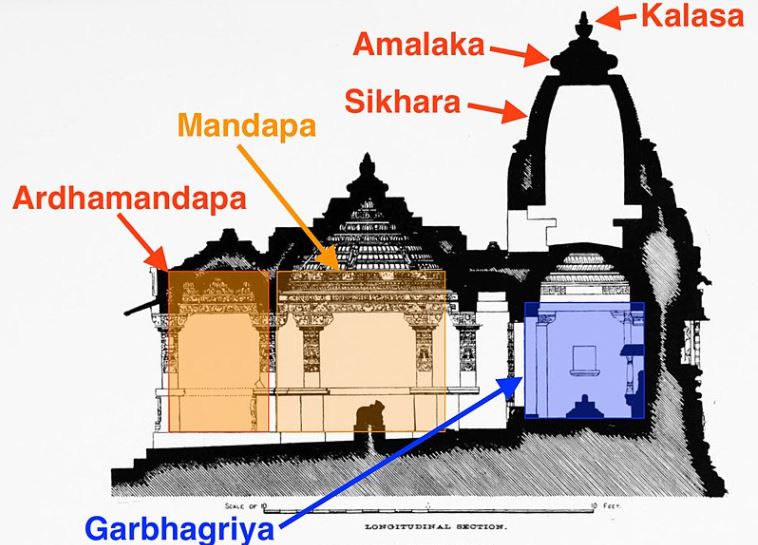
The chamber often has an open area designed for movement in a clockwise rotation for rituals and prayers. Around this chamber, there are often other structures and buildings, in the largest cases covering several acres. On the exterior, the garbhagriha is crowned by a tower-like shikhara, also called the vimana in the south. The shrine building often includes a circumambulatory passage for parikrama, a mandapa congregation hall, and sometimes an antarala antechamber and porch between garbhagriha and mandapa. There may be other mandapas or other buildings, connected or detached, in large temples, together with other small temples in the compound.
These ancient Hindu temples demonstrate the complex knowledge of architecture. Thousands of massive temples were carved into mountains and rocks. Others were built of stone without the use of mortar or nails. Meenakshi temple, Khajuraho Temple, Sun Temple, and Ajanta Elora are just a few examples.
Many of today’s popular children’s bedtime stories of the Lion and the Mouse or the story of Tortoise and the Hare and many more are from ancient Hindu fables such as the “Panchatantra and Hitopadesha”. Today’s storybooks of Aesop’s Fables and Arabian Nights are said to have been taken from original Hindu stories ONLY.

In Hinduism dance, art and drama are celebrated as forms of spiritual expression. Natya, as performing arts, was traditionally understood and recognized as a tool to express devotion to God. Classical dance is therefore viewed as a spiritual practice using movement, sound, and emotion. The world has learned from many Hindu dances like Bharatanatyam, Kathak, Kuchipudi, Odissi, Kathakali, Sattriya, Manipuri, and Mohiniyattam.
Thousands of years ago, ancient Hindu sages discovered the idea of infinity known as Ananta. They also had the idea of Shunya or void which refers to space. Hindus believe that there is no beginning or end to the universe – only endless cycles of its creation and dissolution.
Many elements like copper, Aluminum, Zinc, and many more were discovered by ancient Indian scientists. 1000s of years ago, Hindus did research in iron, steel, textiles, astronomy, physics, mathematics, engineering medicine, botany, architecture, farming, urban planning, ships, and shipbuilding – just to name a few.
Hindus knew the earth was round and not flat 1000s of years ago before the others in the western world discovered this. In fact, the Sanskrit word for geography is Bhugol, which means the round earth.

Sushruta Samhita is among the most important ancient medical treatises and is one of the fundamental texts of the medical tradition which India has gifted to the world. It is named after the Father of Surgery “Sushruta”, the most celebrated physician and surgeon in India. Although he practiced during the 5th century B.C., many of his contributions to medicine and surgery preceded similar discoveries in the modern-day surgery of the Western world. Sushruta devotes a complete volume of his experiences to ophthalmologic diseases. Another Medicinal book which world can medical world can say thanks to is “Charak Samhita”.

Lord Dhanvantari is an outstanding personality in the history of Ayurveda. He was the physician of the Gods (in both the Vedas and Puranas) and an excellent surgeon. In Hinduism, worshipers pray to Dhanvantari seeking his blessings for sound healing. In his incarnation as king of Kashi, Divodasa, he was approached by a group of sages (including Sushruta, the great Indian surgeon) with the request to teach them the science of Ayurveda. Dhanvantari stated that Lord Brahma composed the Ayurveda even before he created mankind, forming one of the upangas of the “Atharvaveda” in 100,000 verses arranged in 1,000 chapters, which was not easy for the restricted intelligence of men to learn within their short life spans. So Dhanvantari complied with the sages’ request, recast Brahma’s Ayurveda into 8 divisions
Ayurveda teaching begin within the framework of
Can you imagine science or technology without the discovery of zero as a mathematical place marker? We can thank Hindu mathematicians who not only discovered the zero but also Algebra, square root and cube root, Geometry, Trigonometry, and calculus.
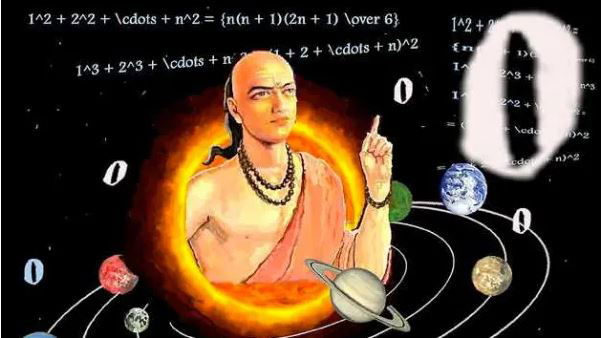
Famous Hindu mathematicians include Aryabhata, Brahmagupta, Ramanuja, and Bose.
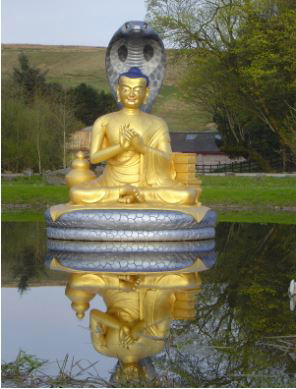
Nagarjuna was an excellent philosopher and leader of spiritual insights because he propounded the idea of Shunyavada like Einstein’s theory of Relativity.
I would like to conclude this article with a famous quote from Scientist Albert Einstein for our ancestors
“We owe a lot to the Indians, who taught us how to count, without which no worthwhile scientific discovery could have been made”.
DISCLAIMER: The author is solely responsible for the views expressed in this article. The author carries the responsibility for citing and/or licensing of images utilized within the text.
